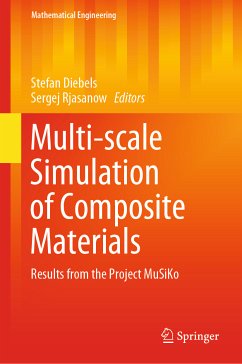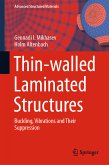Bringing together mathematical modelling, materials mechanics, numerical methods and experimental engineering, this book provides a unique overview of multi-scale modelling approaches, multi-scale simulations and experimental investigations of short fibre reinforced thermoplastics. The first chapters focus on two principal subjects: the mathematical and mechanical models governing composite properties and damage description. The subsequent chapters present numerical algorithms based on the Finite Element Method and the Boundary Element Method, both of which make explicit use of the composite's microstructure. Further, the results of the numerical simulations are shown and compared to experimental results.
Lastly, the book investigates deformation and failure of composite materials experimentally, explaining the applied methods and presenting the results for different volume fractions of fibres.
This book is a valuable resource for applied mathematics, theoretical andexperimental mechanical engineers as well as engineers in industry dealing with modelling and simulation of short fibre reinforced composites.
Dieser Download kann aus rechtlichen Gründen nur mit Rechnungsadresse in A, B, BG, CY, CZ, D, DK, EW, E, FIN, F, GR, HR, H, IRL, I, LT, L, LR, M, NL, PL, P, R, S, SLO, SK ausgeliefert werden.









